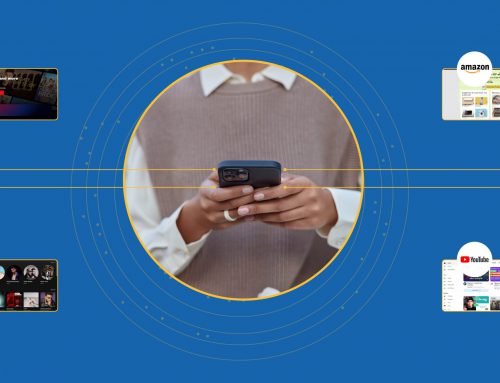Table of Contents
From stocking shelves to pricing strategies, the ability to make informed choices can mean the difference between thriving and merely surviving. Yet, many retail business owners navigate murky waters without a clear view of the currents beneath. In a startling revelation by IBM, more than 60% of customer engagement failures could have been prevented simply by improving data access! Some key challenges they face include:
- Limited Visibility into Customer Behavior
- Reactive Rather Than Proactive Strategies
- Inventory Management Gambles
- Inefficient Operational Efficiencies
- Missed Opportunities for Growth
Customer engagement in retail businesses deals with the process of interacting with customers through various touchpoints to foster a positive relationship, encourage loyalty, and ultimately drive sales.
It goes beyond mere transactions; it’s about creating meaningful interactions that resonate with customers and enhance their overall experience with your brand.
By adopting business intelligence solutions, retailers can confidently navigate these uncertainties. BI solutions also will help to make timely decisions that propel their businesses forward in a competitive marketplace.
How Can BI Solutions Empower Your Business with Actionable Data Insights?
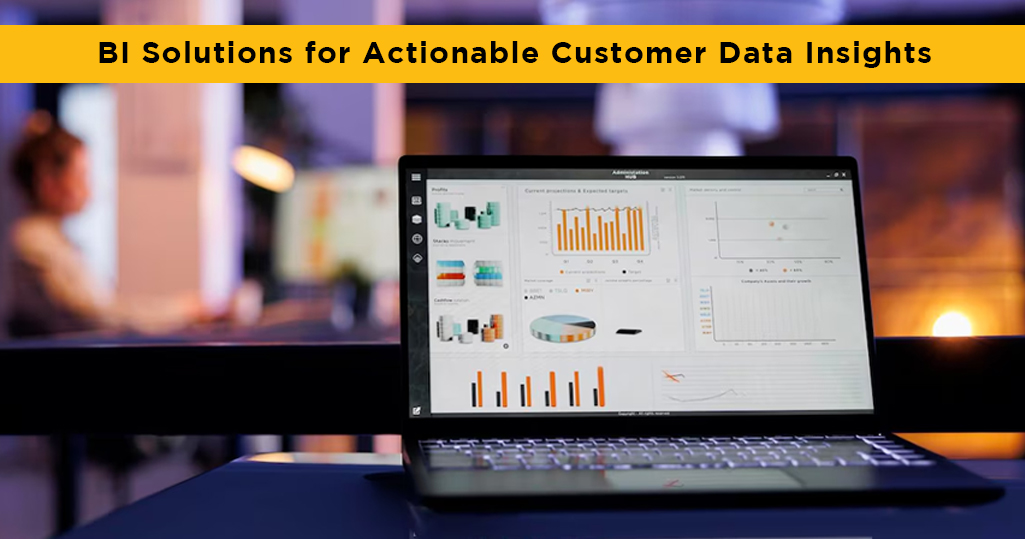
Business Intelligence (BI) Solutions are like your behind-the-scenes superheroes. It fosters a data-driven culture within your organization, empowering stakeholders to collaborate based on a unified understanding of performance metrics and strategic goals. The basic workflow it follows includes the following:
- Data Integration and Analysis: Learn how BI solutions can consolidate data from various sources, providing a holistic view of customer behavior and preferences.
- Real-time Insights: Discover the power of real-time data analysis in making timely and informed decisions that enhance customer experiences.
- Predictive Analytics: Understand how predictive analytics can forecast customer behavior, allowing proactive engagement strategies.
- Customizable Dashboards: Explore how customizable BI dashboards can present key metrics in an easily understandable format, aiding quick and effective decision-making.
Top KPIs Every Customer Engagement Officer Should Track for Their Retail Business
Focusing on customer engagement KPIs will help to measure interaction levels, satisfaction, and overall customer experience. Here’s a detailed look at essential KPIs tailored for different retail environments—online, third-party, and brick-and-mortar—and how Ace Infoway as system integrators can provide solutions to address their pain points.
For Online Retailers (Amazon, Flipkart, and Others)
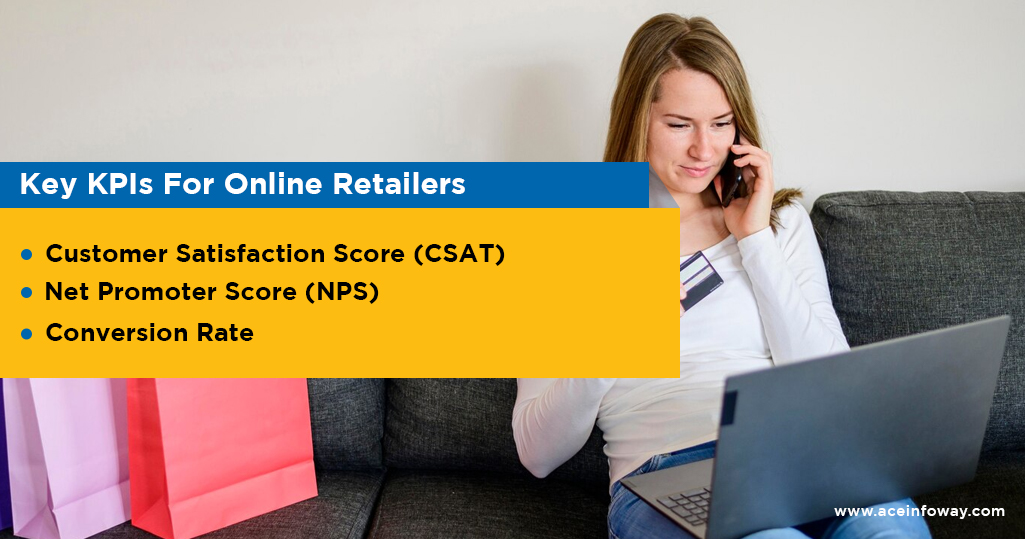
1) Customer Satisfaction Score (CSAT)
- Pain Point: Online retailers often struggle to measure customer satisfaction effectively due to the lack of face-to-face interaction. It’s challenging to gauge how satisfied customers are with their online shopping experience without direct feedback.
- Our Solution: We implement automated CSAT surveys embedded within the online shopping platform. These surveys can be triggered post-purchase or after customer service interactions, capturing feedback in real-time. Integrated BI solutions then aggregate and analyze survey data, providing actionable insights into customer satisfaction levels. Retailers can use this data to identify pain points in the online shopping journey, such as website usability issues or fulfillment delays, and take proactive measures to improve overall satisfaction.
2) Net Promoter Score (NPS)
- Pain Point: Measuring customer loyalty and advocacy can be challenging in the online space. Identifying promoters who actively recommend the brand versus detractors who may be dissatisfied is only sometimes straightforward with effective tracking mechanisms.
- Our Solution: We integrate NPS tracking across various digital touchpoints, including post-purchase emails, social media interactions, and customer service interactions. Retailers gain insights into customer sentiment and loyalty levels by automating NPS surveys and sentiment analysis. BI tools analyze NPS data trends over time, segment customers based on their NPS scores, and automate follow-up actions. This enables retailers to nurture relationships with promoters, address issues with detractors promptly, and improve overall customer retention.
3) Conversion Rate
- Pain Point: Online retailers face challenges in understanding the factors influencing conversion rates—such as cart abandonment, UX/UI issues, or ineffective promotional strategies—and optimizing these to maximize sales.
- Solution: We deploy advanced analytics to track and optimize conversion funnels. They analyze user behavior data—such as click-through rates, time spent on pages, and shopping cart interactions—to identify friction points in the customer journey. By integrating BI solutions, retailers gain actionable insights into conversion drivers and barriers. This enables them to optimize website design, personalize shopping experiences, and implement targeted marketing campaigns to increase conversion rates effectively.
Third-Party Retailers (Nike, Sephora, and Others)
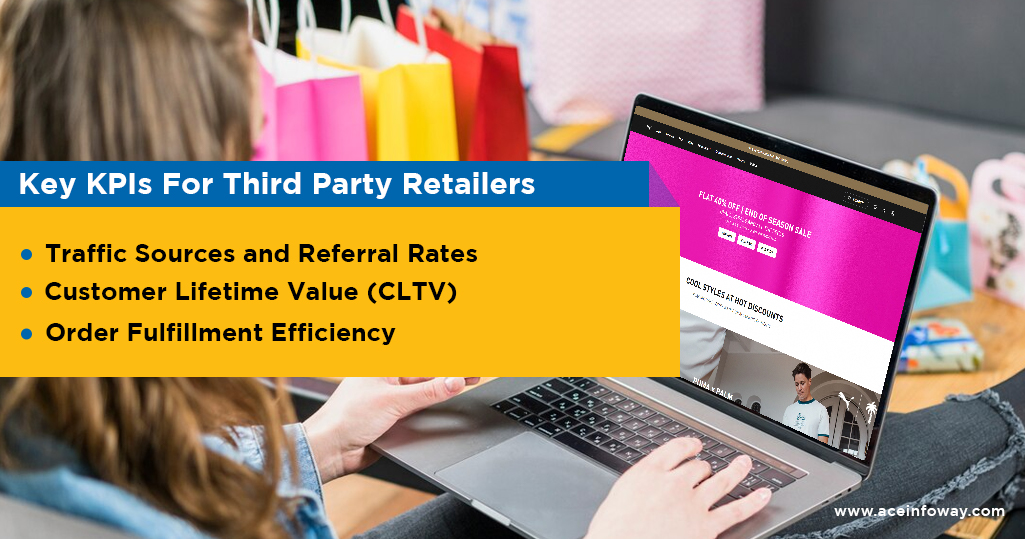
1) Traffic Sources and Referral Rates
- Pain Point: Third-party retailers operating their websites often struggle to evaluate the effectiveness of referral sources and partnerships in driving traffic and sales.
- Our Solution: We integrate BI solutions to track traffic sources, referral rates, and conversion paths on the retailer’s website. By analyzing these metrics, retailers gain insights into the ROI of different marketing channels and partnership agreements. BI dashboards provide real-time visibility into traffic trends and conversion performance, enabling retailers to allocate marketing budgets effectively and optimize partner collaborations for maximum impact.
2) Customer Lifetime Value (CLTV)
- Pain Point: Predicting customer value and optimizing marketing strategies to maximize ROI can be challenging for third-party retailers managing their online presence.
- Our Solution: We develop predictive CLTV models using historical transaction data, customer behavior patterns, and demographic insights. By leveraging BI analytics, retailers segment customers based on their CLTV potential and preferences. This enables personalized marketing strategies tailored to high-value customer segments, such as targeted promotions, loyalty rewards, and personalized product recommendations. By enhancing customer engagement and satisfaction, retailers can increase CLTV and drive sustainable revenue growth.
3) Order Fulfillment Efficiency
- Pain Point: Managing inventory and ensuring timely order fulfillment across multiple platforms can be complex for third-party retailers.
- Our Solution: We implement integrated inventory management systems that provide real-time updates and synchronization across sales channels. By automating order processing and optimizing supply chain logistics, retailers improve order accuracy, reduce fulfillment times, and enhance customer satisfaction. BI tools analyze inventory levels, order volumes, and fulfillment metrics, enabling retailers to forecast demand, optimize inventory levels, and streamline operations for improved efficiency and cost-effectiveness.
Brick-and-Mortar Retailers (Walmart, Costco, and Others)
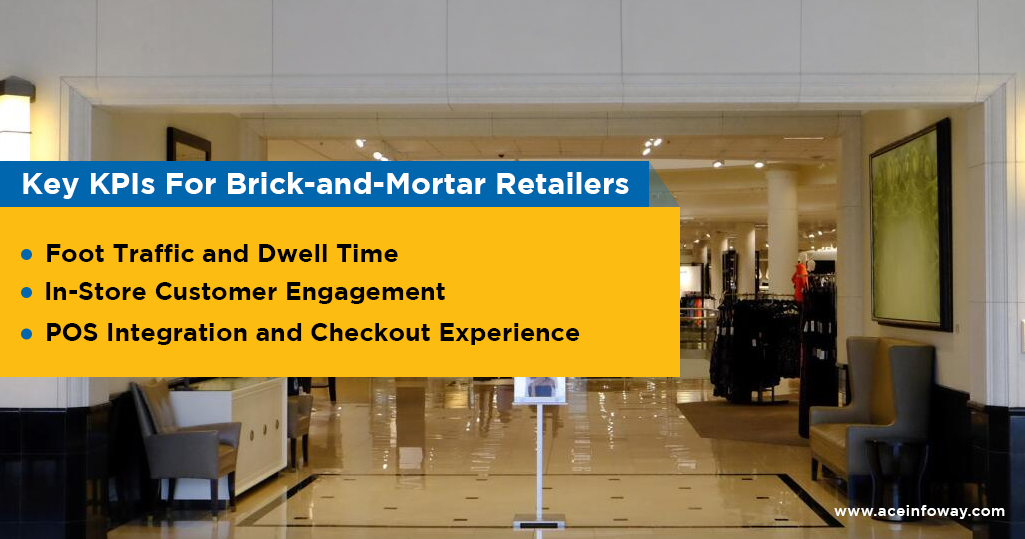
1) Foot Traffic and Dwell Time
- Pain Point: Brick-and-mortar retailers need insights into customer behavior within physical stores to optimize store layouts, staffing, and promotional strategies.
- Our Solution: We deploy IoT sensors and analytics to track foot traffic patterns, measure dwell times in different store areas, and analyze customer flow. By integrating BI solutions, retailers gain actionable insights into peak traffic hours, popular store zones, and customer engagement levels. This data informs strategic decisions on store layout optimization, staffing schedules, and promotional placements to enhance the overall in-store experience and drive sales.
2) In-Store Customer Engagement
- Pain Point: There’s a lack of tools to measure and improve in-store customer engagement and satisfaction effectively.
- Our Solution: We integrate customer feedback systems, loyalty program analytics, and CRM platforms to capture and analyze customer interactions in real-time. By monitoring customer sentiment and preferences, retailers can personalize in-store experiences, offer targeted promotions, and optimize product placements. BI dashboards provide insights into customer satisfaction levels, loyalty program participation rates, and purchasing behaviors, enabling retailers to enhance customer retention and loyalty.
3) POS Integration and Checkout Experience
- Pain Point: Integrating POS systems with CRM databases and loyalty programs for seamless checkout experiences and customer data management is a challenge for brick-and-mortar retailers.
- Our Solution: We provide POS system integration services that connect POS terminals with backend ERP systems, CRM databases, and loyalty programs. This integration enables real-time customer data synchronization, personalized promotions, and loyalty rewards at checkout. BI tools analyze transaction data, customer purchase histories, and loyalty program usage to optimize promotional strategies and improve overall customer satisfaction.
Ace Infoway’s Guide to Master Personalized Customer Engagement with Business Intelligence (BI)
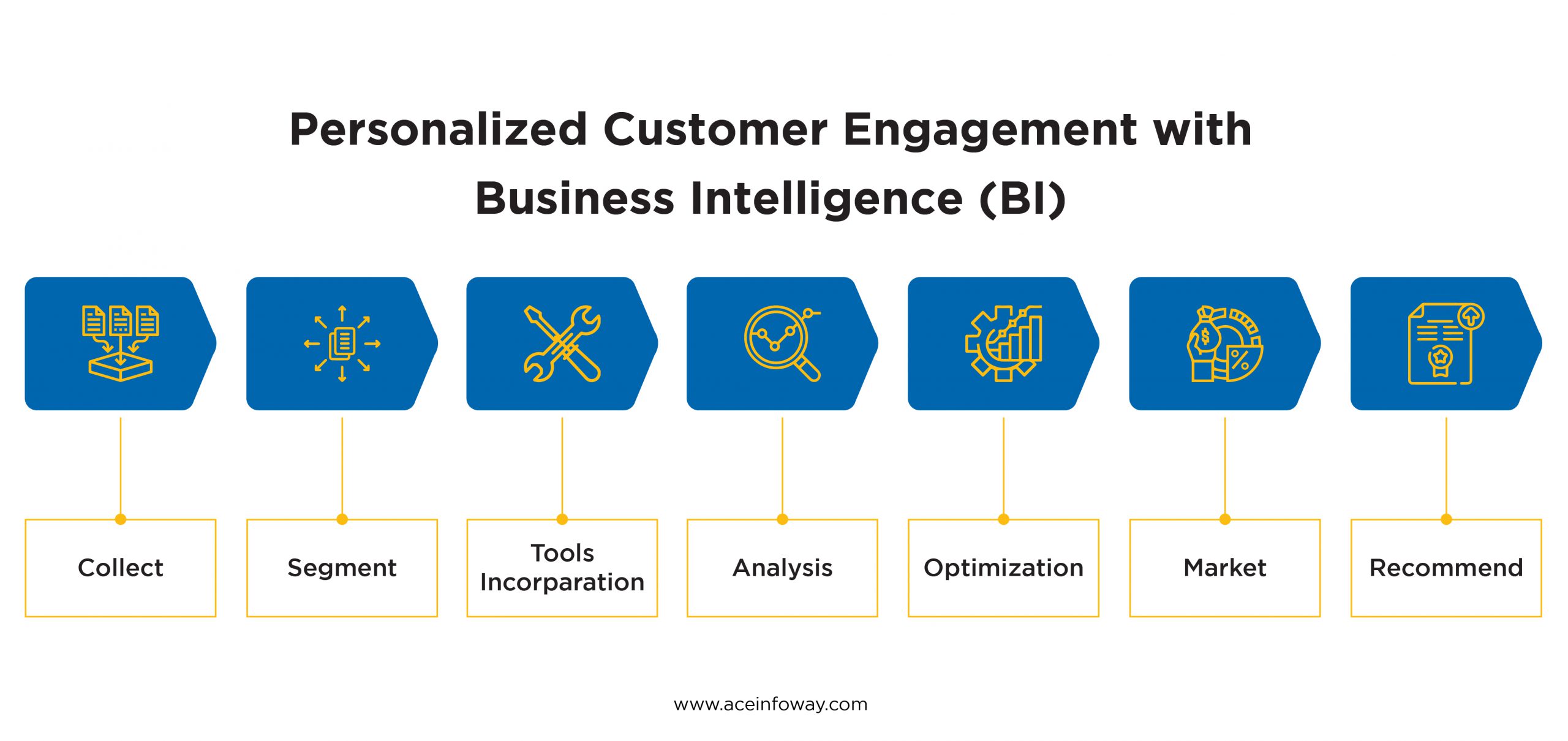
Ace Infoway has crafted a clear guide to simplify the understanding of business solution steps. The process involves:
- Holistic Data Gathering: Gather data from multiple touchpoints including CRM systems, transaction histories, website interactions, social media engagements, and customer feedback. This holistic view helps create a detailed customer profile.
- Customer Segmentation: Segment customers based on demographics, behavior patterns, purchase history, preferences, and other relevant factors. This segmentation allows for targeted marketing campaigns and personalized communication.
- Real-Time Data Analysis: Use BI tools to analyze customer data in real-time. This capability enables timely responses to customer behavior changes, such as abandoned carts or browsing patterns, to deliver personalized offers or support.
- Predictive Analysis: Leverage predictive analytics to suggest products or services based on past purchases, browsing history, or similar customer profiles. This enhances cross-selling and upselling opportunities while improving customer satisfaction.
- Customer Journey Mapping: Map out the customer journey using BI insights to understand touchpoints and interactions across various channels. Adjust strategies based on real-time data to optimize the customer experience continuously.
- Marketing Automation Integration: Implement marketing automation tools integrated with BI to deliver personalized content through emails, SMS, or targeted advertisements. Tailor messaging based on customer preferences and behaviors.
- Self-Service Portals: Provide customers with self-service portals or apps that leverage BI capabilities. This allows them to access personalized insights, track orders, manage preferences, and receive proactive recommendations.
Why Should Retailers Choose Ace Infoway for their BI Solutions?
Ace Infoway excels in AI solutions by integrating cutting-edge technology with extensive retail industry knowledge. Our AI innovations are meticulously designed to tackle intricate challenges, enhancing efficiency, providing deep insights, and fostering substantial growth for our clients. Ace Infoway BI services are favored due to the following 3 leading factors:
- We co-create tailored solutions that precisely match your vision and goals.
- We adapt swiftly to changing data landscapes and business needs, staying ahead of the curve.
- You have access to our top leadership to ensure clarity, quick decisions, and deep understanding.
End Note
We understand that retailers face challenges like limited visibility into customer behavior, reactive strategies, inventory management issues, operational inefficiencies, and missed growth opportunities. So precisely making the point, effective BI integration can lead to increased revenue, higher customer engagement and retention, improved productivity, enhanced customer satisfaction, and reduced customer churn.
And to integrate BI into customer engagement strategies, assess current initiatives, define objectives, identify relevant data sources, choose suitable BI tools, integrate and prepare data, develop dashboards and reports, analyze insights, implement predictive analytics, enable real-time decision-making, monitor, iterate, optimize, and foster a data-driven culture.
Connect with us today to innovate together for a smarter, more competitive future!















